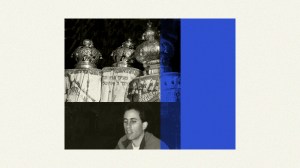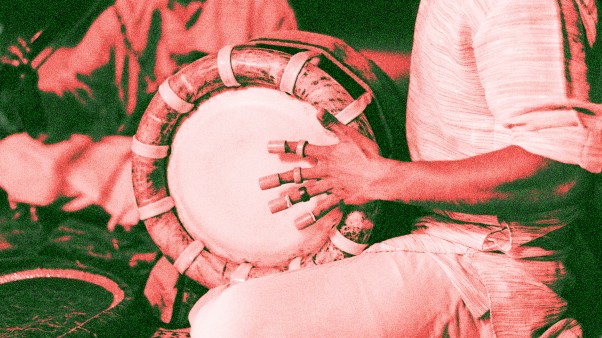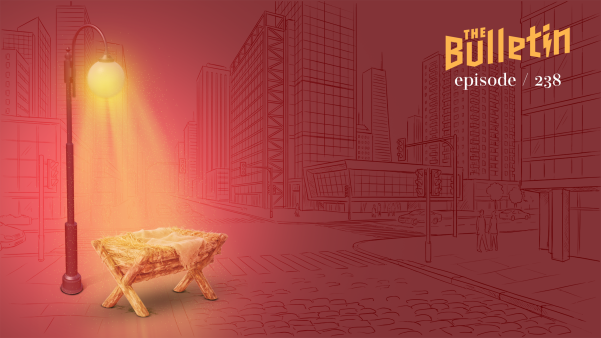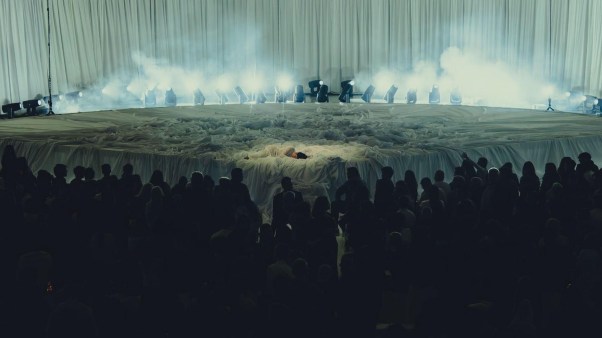In this series

The attack on Jews in Boulder, Colorado, two weeks ago; combined with the attack two weeks before in Washington, DC; combined with the arson at the home of Pennsylvania governor Josh Shapiro a month before that; combined with attacks on Jewish students on college campuses; plus antisemitic conspiracy theories aired on popular podcasts (Joe Rogan, Tucker Carlson, Candace Owens)—may all be ending a long honeymoon.
A survey of 1,732 Jews last fall found more than 90 percent saying antisemitism is a problem and has increased during the previous five years. Facts support fears: The most recently published FBI data shows a 63 percent increase in anti-Jewish hate crimes between 2022 and 2023. Although Jews comprise only 2 percent of the US population, 15 percent of all hate crimes in 2023 were anti-Jewish.
That sad fact goes along with triumph. Jews make up one-third of all US Supreme Court justices and one-third of all American Nobel Prize winners. Jews have education and income well above the American average. But when we look at religion-based hate crimes in 2023, the victims two-thirds of the time were Jewish. So the question remains: Is this golden age of Judaism just a blip?
I’ve enjoyed this golden age. I was born into a Jewish family in 1950 as American Judaism began its long summer of success, but each year summer ended soon after Tisha B’Av in August. That’s the 24-hour-fast day on which Babylonians destroyed the first temple in 586 BC and Romans destroyed the second in AD 70. On that day in AD 132, Israelites lost their last war against Rome and saw Jerusalem leveled, with Jews prohibited from living there.
Critical to understanding Judaism is its marriage of faith with nationality. A born Jew like me, according to Judaism, is a Jew, period. Becoming a Christian in 1976, though, made the Good News real for me and mostly buried the parent-imbued sense that bad news is just around the corner—but I understand the feeling. Seven in ten American Jews say remembering the Holocaust, the World War II murder of 6 million Jewish civilians, is “essential” to Jewish identity. The sad historical fact is that for two millennia trouble has been frequent, as remembered each Tisha B’Av.
During those centuries, restrictive laws across Europe pushed Jewish families from place to place. They rarely became landowners. Jews worked at whatever urban trades they could. A few became moneylenders since the Catholic church did not allow Christians to compete with them. Those moneylenders sometimes became rich. Jewish economic success led to jealousy and covetousness among those Christians who sought opportunities to steal or who saw Jews as eternally bearing responsibility for deicide.
An opportunity arose after Pope Urban II in 1095 called for a crusade to retake Jerusalem. As participants in the First Crusade headed toward Palestine, some killed along the way 5,000 Jews in northern France and along the Rhine. Other crusades brought similar destruction. Popes sometimes offered, as an incentive for crusade participation, the cancellation of crusaders’ debts to Jews.
Roman Catholic doctrinal changes also contributed to increased tensions. In 1215, the Fourth Lateran Council, a major church conference in Rome, established the doctrine of transubstantiation: the bread and wine of the Lord’s Supper seen literally as Christ’s flesh and blood. During the next several centuries, angry priests and mob leaders repeatedly claimed that Jews desecrated wafers. The Lateran Council also decreed that Jews should wear a special badge to differentiate them from the general population.
Other new charges spread. The “blood libel” accusation—that Jews killed Christian children to use their blood in Passover rituals—first appeared in 1144 in England and resurfaced throughout the 1200s. Holy Roman Emperor Frederick II investigated the charge and found it without merit, but it remained popular among those seeking a cause for mob action, as in Germany in 1298.
Around 1220, someone—an Italian, an Englishman?—invented a story of meeting a Jew who had insulted Jesus on the way to the Crucifixion and thus had to wander the world for all time. That legend of the “wandering Jew” spread throughout Europe, retold in hundreds of publications with settings frequently altered. Some leaders spread zany stories for political effect. In 1321, French Jews supposedly encouraged lepers to poison wells used by Christians. Jews were innocent, but 5,000 Jews and lepers died. The following year, King Charles IV expelled those who had survived.
That was only a prelude to the Black Death riots of 1348–1349, when Germans and others accused Jews of causing the bubonic plague by poisoning wells. Pope Clement VI acknowledged Jewish innocence, but assault wiped out many Jewish communities already hurt by disease. Basel, Switzerland, residents burned 600 Jews at the stake and expelled the city’s other Jews, converting the synagogue into a church and destroying the Jewish cemetery.
The end for Spanish Judaism came in 1492, when the Spanish government gave all Jews the old choice of exile or baptism under pressure. Some hurriedly baptized, known as conversos, manned Christopher Columbus’s ships. At least 100,000 Jews left. Many headed to Portugal only to be kicked out five years later. Most wound up in Muslim lands. Spanish officials confiscated all Jewish property, ploughed under Jewish cemeteries, and either destroyed synagogues or turned them into churches or pigsties.
One city that did not expel Jews pioneered a new technique to restrict Jewish social interaction with the rest of the populace: Venice officials in 1516 began requiring Jews to live in a special area of the city that included a factory for metal (ghetto in Italian). Ghettoization also made it easier to slap on extra taxes and expropriate Jewish property. In 1555, Pope Paul IV advised cities everywhere within Christendom to set up ghettos.
Jews also served as a source of entertainment. As I’ve written elsewhere, “For two centuries, from 1466 to 1667, Rome’s annual carnival entertainment prior to Lent starred eight Jews wearing only loincloths who had to run a distance of a quarter mile between jeering spectators. The spectators threw rocks and garbage at the runners and then forced rabbis and other community leaders to kiss a statue of a pig.” On the Protestant side, Martin Luther turned into a fierce antisemite, leaving a mark on German culture that endured murderously into the 20th century.

















